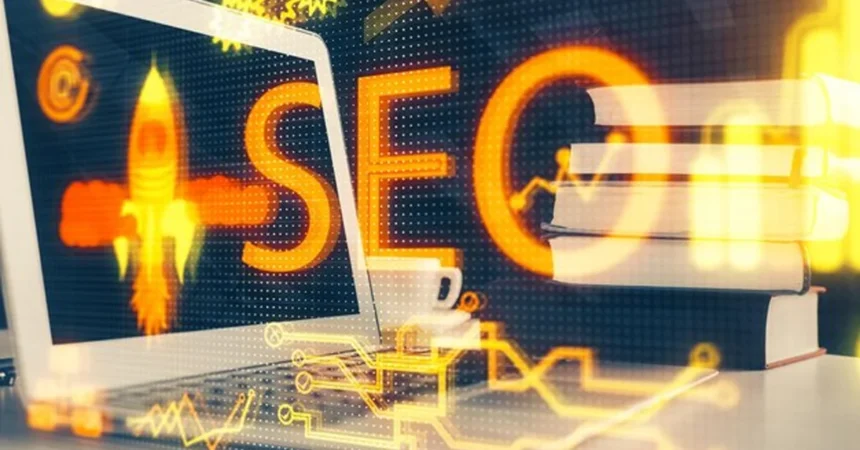In the fast-changing world of search engine optimization, businesses are constantly seeking better ways to attract visitors and improve rankings. Two tools that have caught the attention of marketers in recent years are SparkTraffic and SERPSEO. While both aim to help websites grow in visibility, they work in different ways and suit different goals. Understanding their differences can help you decide which one is the better choice for your 2025 marketing strategy.
Understanding SparkTraffic
SparkTraffic is known as a platform that focuses on generating visits to a website. Its primary function is to create traffic patterns that mimic real visitors. By sending automated visits, marketers can increase the overall number of page views and improve certain engagement metrics, such as time spent on a site or the number of sessions per day.
Unlike typical advertising campaigns, SparkTraffic doesn’t rely on people clicking ads or links to arrive at your site. Instead, it uses systems that simulate visitor activity. This approach can make a website look more active, which some users believe may influence perceived credibility.
Understanding SERPSEO
SERPSEO takes a different approach. Instead of focusing on traffic numbers, it aims to improve a site’s position in search results. It’s designed to monitor, analyze, and enhance ranking performance for specific keywords. The main idea is that better rankings lead to more organic visitors — people who find your site through normal searches.
SERPSEO often includes tools like keyword tracking, competitor analysis, and on-page SEO recommendations. By following its insights, businesses can make targeted improvements to their content and site structure to achieve higher positions on search engines.
The Core Difference Between SparkTraffic and SERPSEO
The main difference between SparkTraffic and SERPSEO lies in their goals. SparkTraffic is about quantity of visits, while SERPSEO focuses on quality of visibility.
- SparkTraffic: Brings traffic immediately, regardless of search rankings.
- SERPSEO: Works to improve rankings so traffic comes naturally over time.
This means that SparkTraffic can deliver quick results in terms of visitor numbers, but those visitors may not be genuinely interested in your content or products. On the other hand, SERPSEO may take longer to show results, but the visitors you gain are more likely to engage, subscribe, or purchase.
Advantages of SparkTraffic
- Instant Traffic Increase – Useful for testing server capacity, ad display counts, or quick boosts in visitor numbers.
- Customizable Traffic Patterns – Ability to choose visit duration, geographic sources, and frequency.
- Low Cost for Volume – Compared to running paid ads, generating large volumes of visits can be more affordable.
Disadvantages of SparkTraffic
- Low Engagement Quality – The traffic may not lead to real conversions or customer interest.
- Limited SEO Impact – Search engines value authentic traffic from relevant searches more than artificial visits.
- Risk of Misleading Metrics – Inflated visitor numbers might give a false sense of performance.
Advantages of SERPSEO
- Improves Organic Reach – Higher rankings bring genuine, search-driven visitors.
- Supports Long-Term Growth – SEO gains can last for months or even years.
- Comprehensive Insights – Offers keyword tracking, competitor analysis, and optimization tips.
Disadvantages of SERPSEO
- Slower Results – SEO improvements can take weeks or months.
- Requires Effort – Implementing recommendations takes time and resources.
- Dependent on Algorithm Changes – Rankings may fluctuate with search engine updates.
Which Tool is Better for SEO in 2025?
The choice between SparkTraffic and SERPSEO depends on your objectives. If you need an immediate boost in visitor numbers for a short-term test or presentation, SparkTraffic may serve the purpose. However, if your goal is to build a steady stream of targeted visitors who are likely to convert, SERPSEO is the more sustainable option.
In 2025, search engines continue to prioritize genuine engagement and relevant content. This means that while artificial traffic can make your analytics look good, it’s not a replacement for authentic SEO work. Many successful marketers choose to use a combination of both — SparkTraffic for temporary boosts and SERPSEO for long-term ranking improvement.
Combining SparkTraffic and SERPSEO
Some marketers find value in using both tools strategically. For example:
- Launch a new website with SparkTraffic to give it early activity signals.
- At the same time, use SERPSEO to optimize content for organic growth.
- Over time, reduce artificial traffic and rely more on the organic visitors gained from SEO work.
This approach can balance short-term visibility with long-term stability.
Final Thoughts
When comparing SparkTraffic vs SERPSEO, the key is to think about your timeline and goals. SparkTraffic offers immediate visitor numbers but limited long-term SEO benefits. SERPSEO requires patience but delivers lasting value by improving your search engine rankings. In most cases, the best results come from focusing on authentic SEO and using artificial traffic tools sparingly.
If your 2025 strategy involves sustainable digital growth, SERPSEO should be at the center of your efforts, with SparkTraffic playing a supporting role for specific situations.




